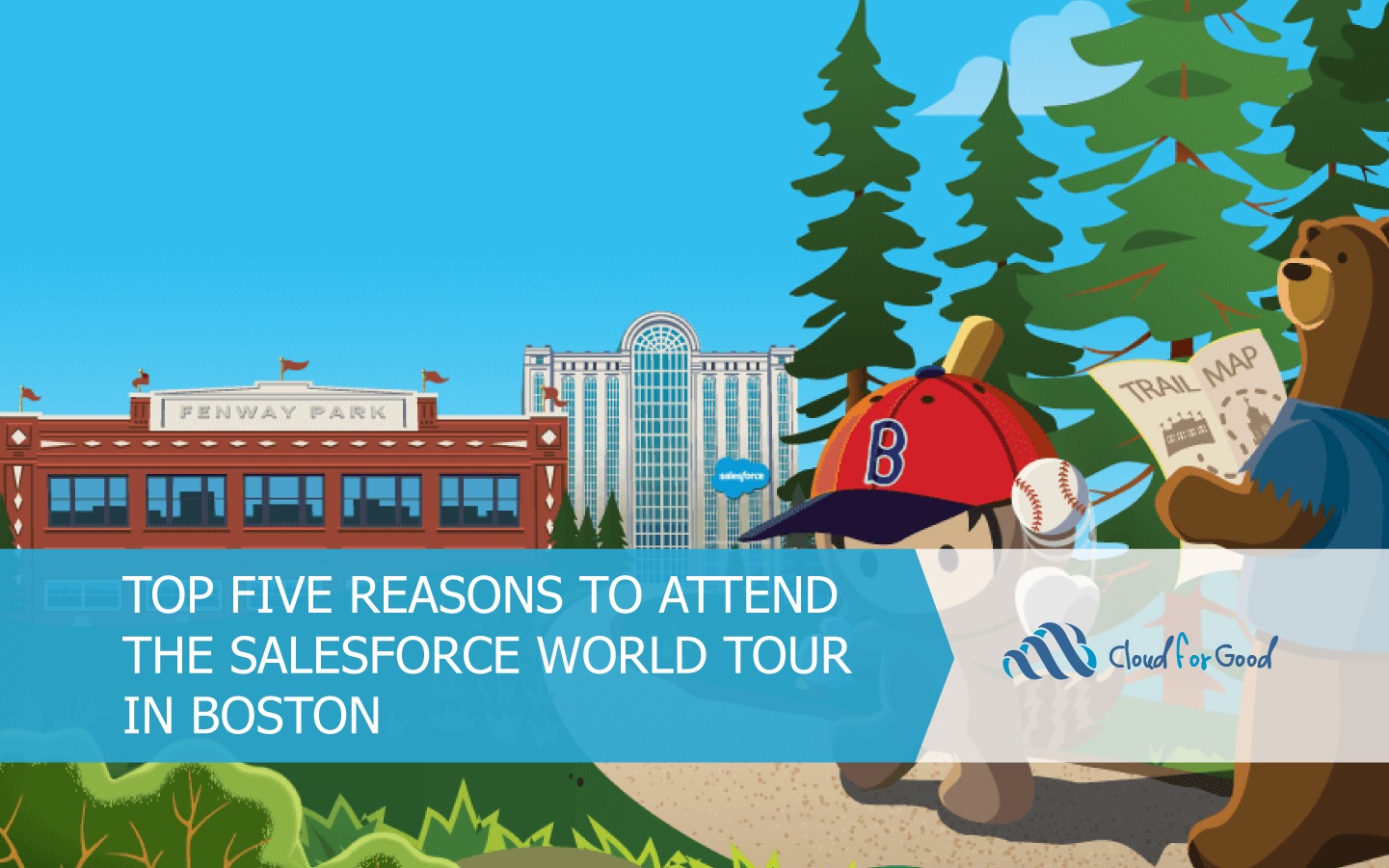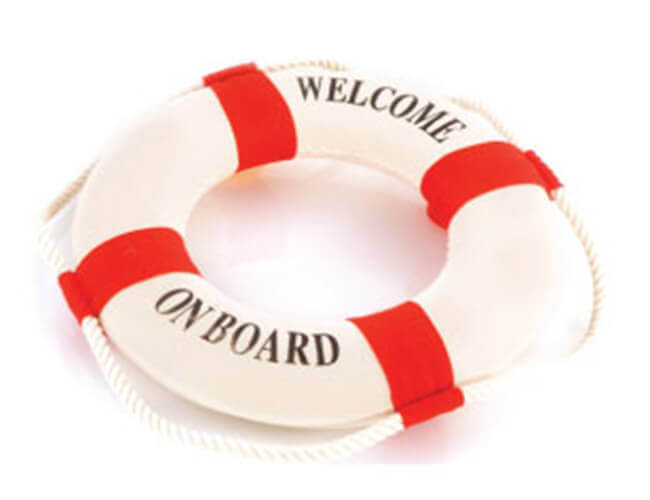
Beyond Merchandising: How Educational Institutions are Leveraging the Power of Commerce Cloud
Online Business to Consumer and Business to Business sales continues to grow at a rapid pace both in the United States and worldwide. In 2018,
SEE HOW CLOUD FOR GOOD CAN HELP YOU CREATE MORE VALUE WITH SALESFORCE.

Online Business to Consumer and Business to Business sales continues to grow at a rapid pace both in the United States and worldwide. In 2018,

The Salesforce World Tour in Boston is taking place soon! Let us know if you’ll be in attendance, as we’d love to meet you there.

The best things in life aren’t free. Ultimately, your organization should be making its decisions based on Total Cost of Ownership and relative value for that cost.

The Salesforce Analytics Cloud (aka Wave) is a strong contender for organizations that are already using Salesforce for some aspect of running their business. Wave allows organizations to pre-define dashboards and reports (called Lenses) based on data contained within Salesforce and imported from other systems, but it’s real power is that those tools aren’t static; users can drill into the data in different ways in order to answer different questions about how their business is doing.

Last week was Dreamforce, Salesforce’s annual customer conference, which basically takes over the city of San Francisco for a week of keynotes, educational sessions and parties. One of the highlights of this year’s conference was a focus on women in the technology industry, capping a major effort within Salesforce itself to recognize the company can do better to ensure more parity between the genders in terms of pay, promotion and overall job satisfaction. Similar efforts are underway in different parts of the technology sector, and within the Salesforce ecosystem as well (the Girly-Geeks, now known as Women in Tech, and Girl Force being two good examples of the latter). These efforts are definitely praiseworthy and in need of all of our support. There is another area of diversity, however, that also needs focus from all of us, on a global basis, and that is racial diversity.

What is Salesforce Lightning, and why is it important? Fundamentally, Lightning is a set of tools that allow organizations to customize the way they use Salesforce to an even greater extent than is already possible (which is already quite a lot). There are four pieces of the Lightning framework that are, or will soon be, available: App Builder, Lightning Components, Lightning Process Builder and Lightning Connect.

All companies, whether for or nonprofit, need to hire and onboard new employees. In many cases, the hiring process may be run through a job board system that handles the posting of job applications, interview scheduling, ratings, etc. Here’s an example of a common back-office process that can be made more efficient with some very simple automation in Salesforce.

One of the biggest obstacles to using Work.com to effectively manage goals was that it wasn’t integrated with Salesforce.com, so there was no automated way to record progress – instead, someone had to manually go in and update progress against goals. Although not insurmountable, anything that requires manual entry should (in my opinion) be avoided like the plague! In the last year Salesforce.com has worked to address this shortcoming and added several important enhancements that make it worth taking another look at.

While the outright cost to purchase technology is usually pretty apparent, it’s not the whole story, as it doesn’t take into account the the hidden costs of maintenance and support and the less-tangible costs of training, user adoption and efficiency. Can You Afford the System You Want? Calculate its Total Cost of Ownership.

When working with Salesforce.com (or any system for that matter), following the principles of good governance can make life easier for administrators and users alike by providing a clear and consistent framework to manage change over time and defining processes to resolve conflicting requirements. In our experience, governance is often an evolutionary process, consisting of three stages: Monarchy, Democracy and Republic.